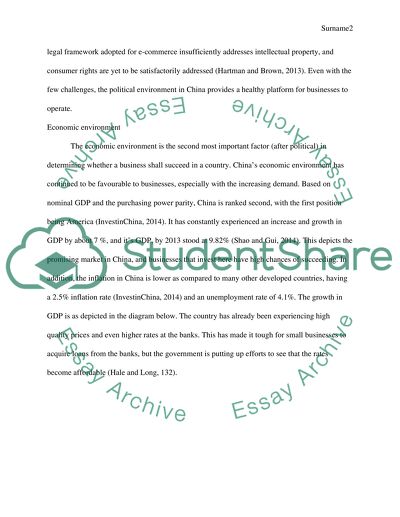Cite this document
(“International Marketing Term Paper Example | Topics and Well Written Essays - 1250 words”, n.d.)
Retrieved from https://studentshare.org/marketing/1634817-international-marketing
Retrieved from https://studentshare.org/marketing/1634817-international-marketing
(International Marketing Term Paper Example | Topics and Well Written Essays - 1250 Words)
https://studentshare.org/marketing/1634817-international-marketing.
https://studentshare.org/marketing/1634817-international-marketing.
“International Marketing Term Paper Example | Topics and Well Written Essays - 1250 Words”, n.d. https://studentshare.org/marketing/1634817-international-marketing.


